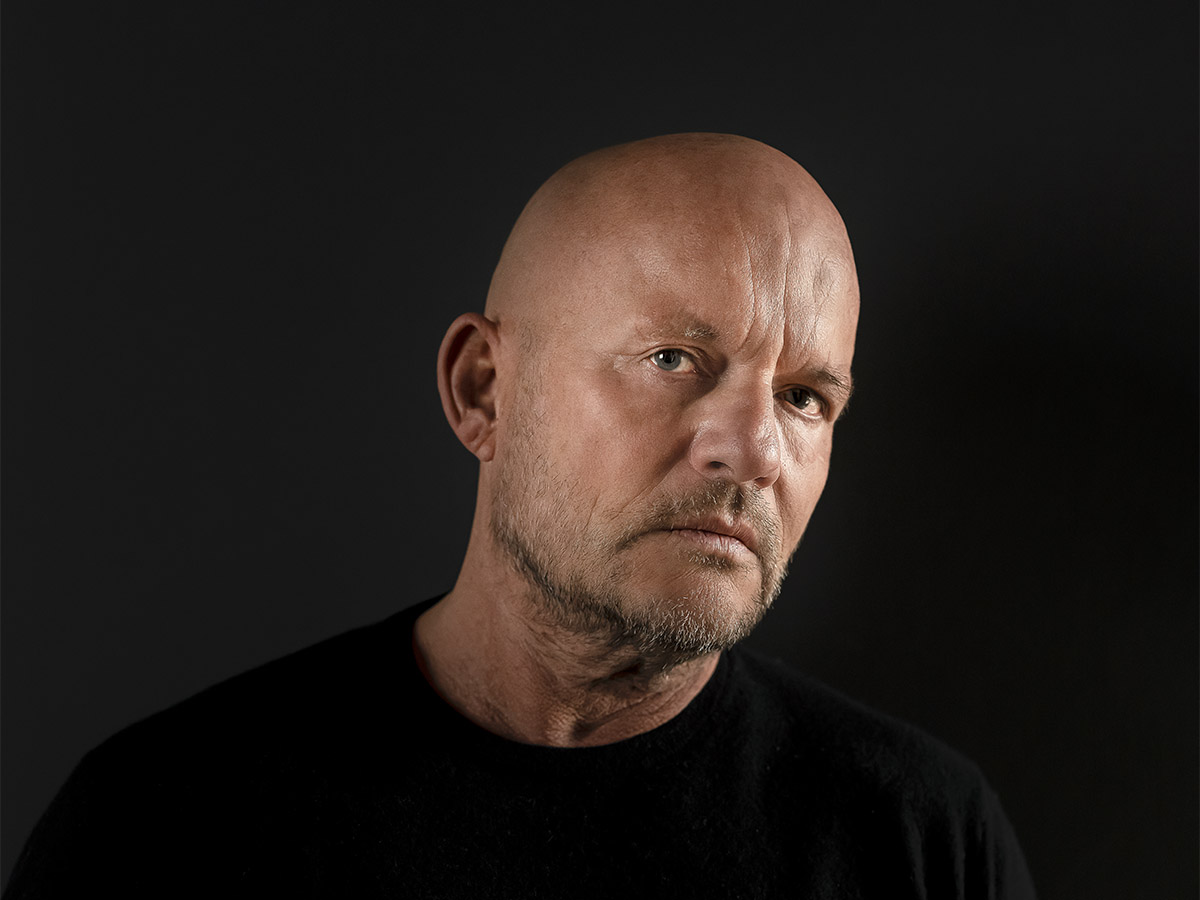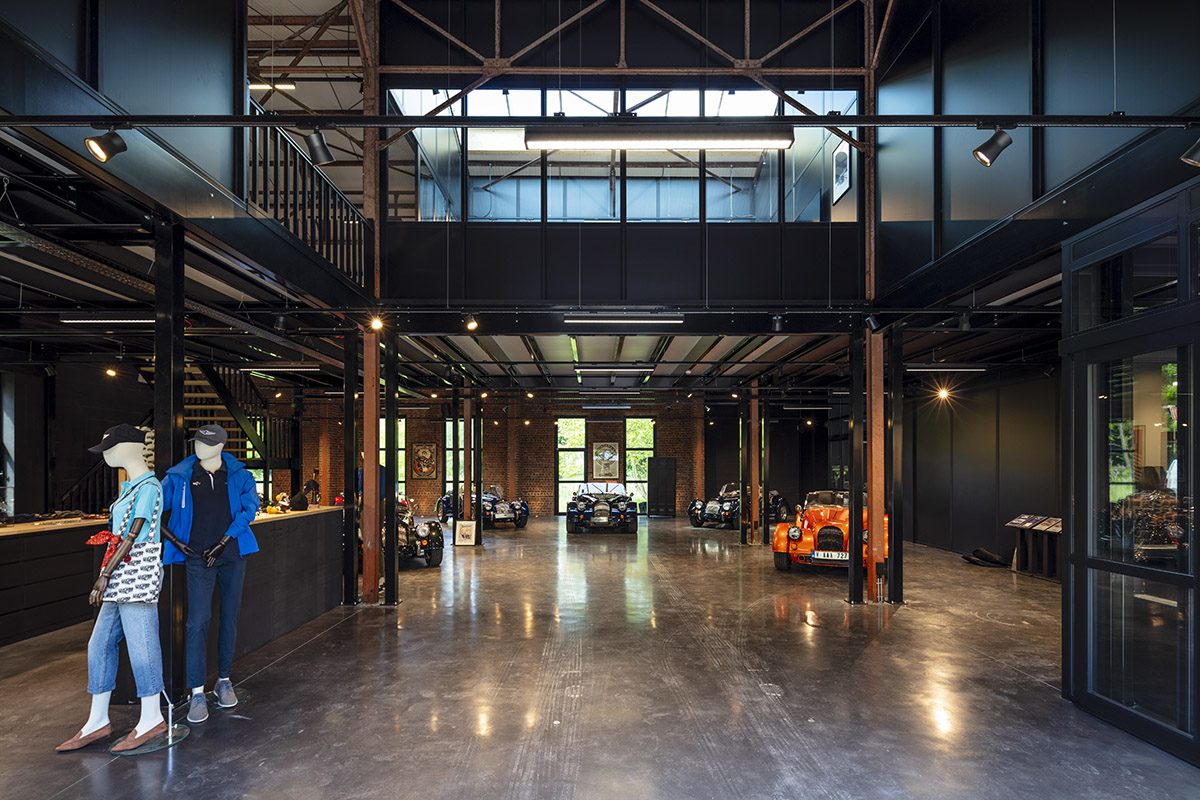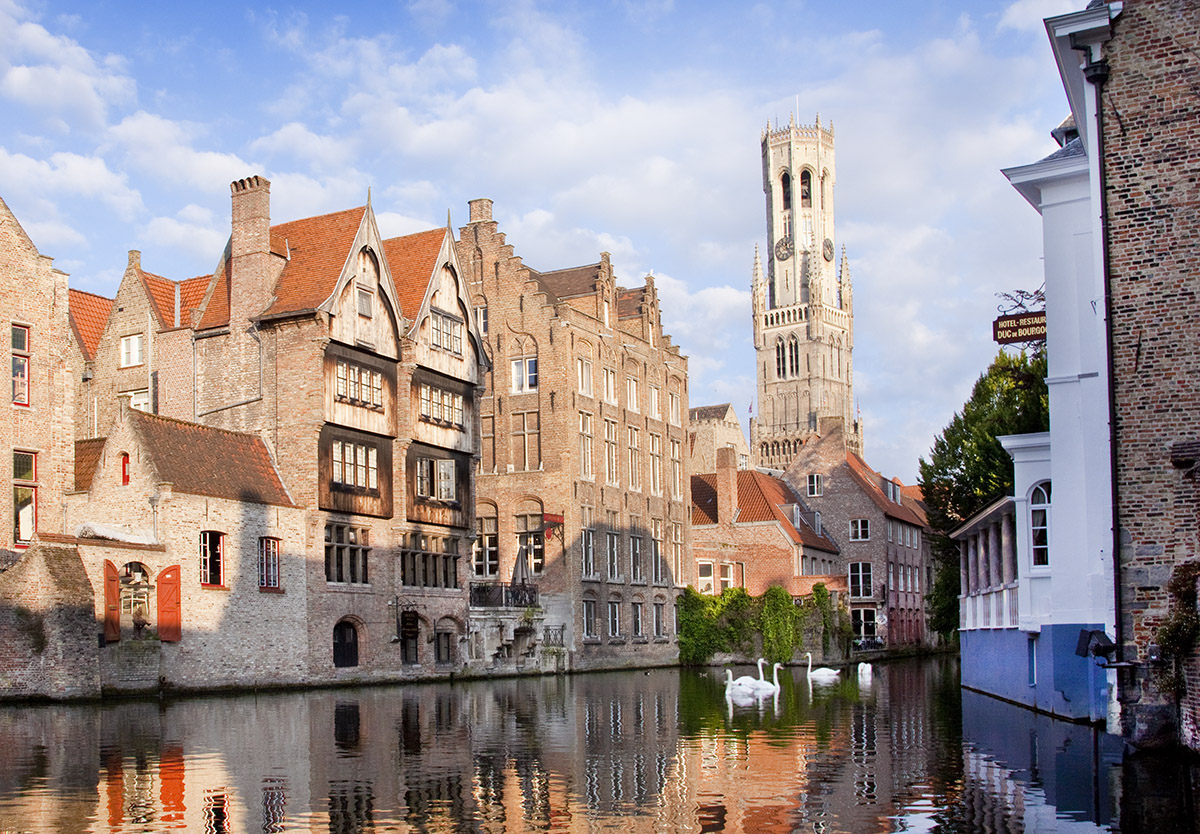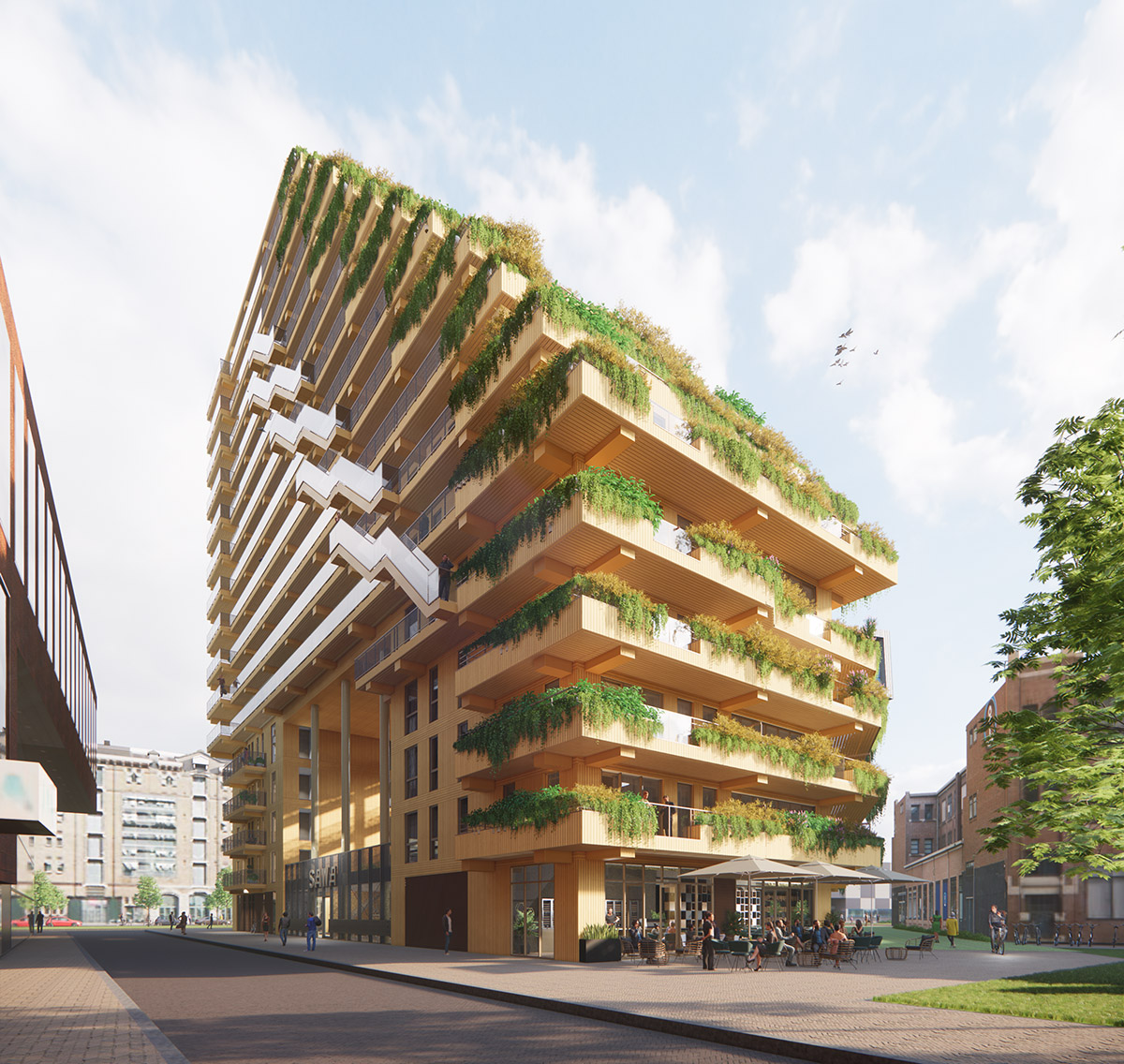Tangram: Building a future, brick by brick
Text: Arne Adriaenssens | Photos: Tangram Architecture & Urban Landscape
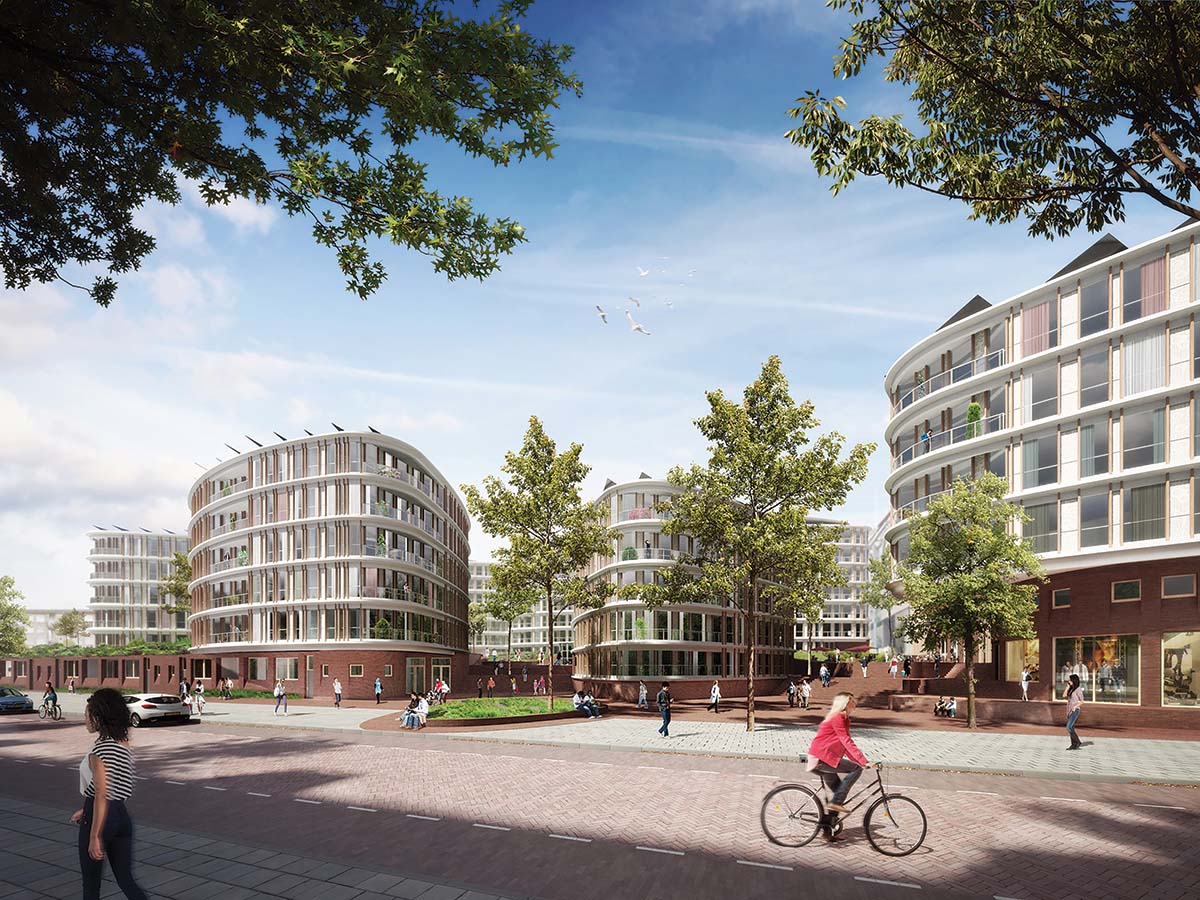
Revitalising a city neighbourhood comes with many challenges. Not only can these areas often be noisy and polluted, there is also the risk of creating a gap between the current inhabitants and their new neighbours. With social participation and intelligent engineering as their weapons of choice, Tangram Architecture & Urban Landscape tackled both issues while creating a new future in one of Amsterdam’s most infamous neighbourhoods.
‘Rhapsody in West’, the name of the complex and its musical note-inspired buildings, are as chipper as the future it faces. Rooted in between the difficult Kolenkit-neighbourhood and the A10 traffic inferno, the location of this residential project (which will open next spring) is somewhat peculiar. Yet, according to architect Bart Mispelblom Beyer, most problems can be fixed with some smart architectural engineering. As co-founder and co-owner of Tangram Architecture & Urban Landscape, he is an expert at designing buildings in function of their environment. “Traffic brings many inconveniences with it,” Mispelblom explains. “Noise, pollution and stench, to name a few.”
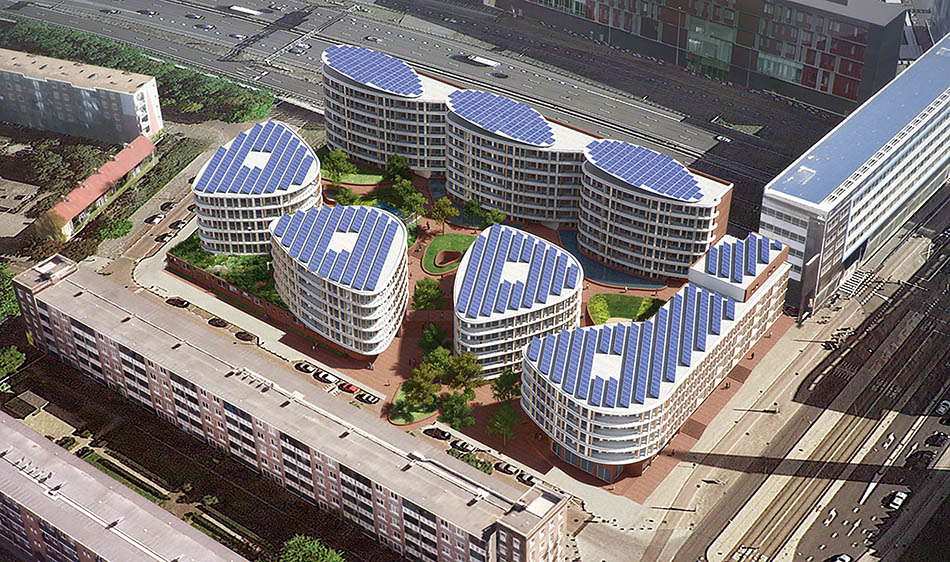
By creating some engineering feats, Tangram tackled many of these seemingly unconquerable issues. The notable plectrum-shape of the buildings guides the noise around the complex and diffuses it throughout the city. The absorbing material on the walls weakens the traffic sounds even more.
The brilliance of the building construction results in lower energy bills as well. “By intelligently combining solar panels with good isolation, we’ve made the blocks of flats energetically neutral,” Mispelblom states. “It actually produces more energy than the 250 households will use, which allows us to add the remainder back to the power net. That makes it the greenest residential complex in any of the Dutch cities.” By ingeniously implanting a public green oasis inside the complex, the region even seems more open than before, despite the densification of the landscape.
Not all problems can be fixed with smart engineering though. Only a decade ago, the Kolenkit-neighbourhood was known as ‘the worst district in the Netherlands’. Today, multiple renovations and investments have managed to change that tide. “To create harmony between the locals and our project, we’ve been in dialogue with them since the very beginning. We made sure the building serves some of their needs too. Among other things, we’ve provided a place to host computer and language classes, or at which to do homework. We also have an affordable guest room where the friends and family of the residents can stay when they come to visit.” In the end, many locals wanted to live here themselves. That is why a certain share of flats is reserved for Kolenkit-citizens only, giving them an advantage on the other 7,000 applicants.
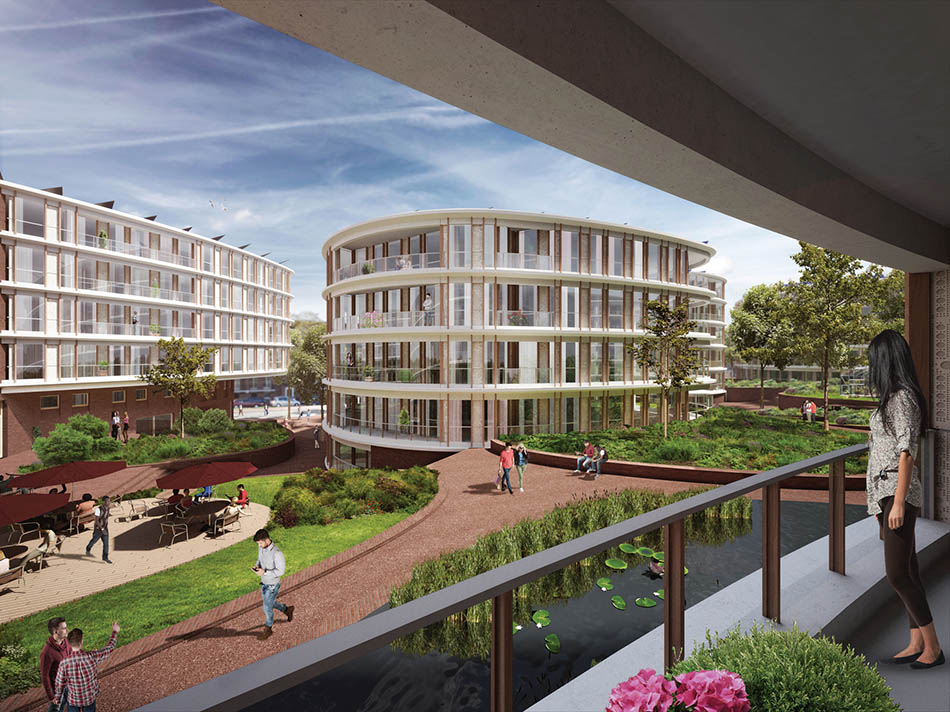
Subscribe to Our Newsletter
Receive our monthly newsletter by email
